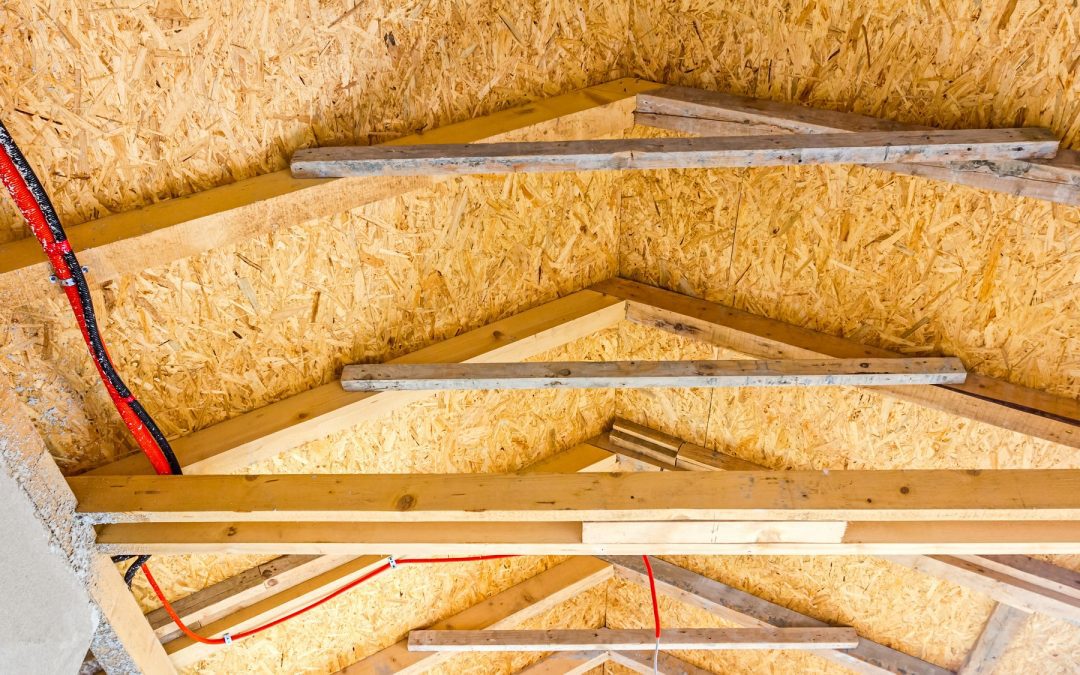Several types of unwelcome animals can make their way into your attic and cause a ruckus. The most common animals you’ll find are rodents, squirrels, opossums, and raccoons. They like the warmth, nesting materials, and shelter they find there. If you think you heard a knocking or scratching in the middle of the night, an animal might be living in your attic. Here are some ways you can identify who has moved in upstairs.
What kind of noise do you hear?
Many animals that make a nest or get stuck in attics are nocturnal, so it’s best to try and listen for sounds at night. If you hear noises during the day, it’s more likely that squirrels are the problem.
Scratching – Rats or mice
Scurrying – Rats or Squirrels
Quick scurrying up walls – Rats or mice
Something rolling across the ceiling – Rats or squirrels rolling nuts around
Knocking – squirrels or raccoons
Heavy thumping – opossum or raccoon
Keep track of what kind of sounds you hear and during which part of the day.
What type of droppings do you see?
If you can, take a trip up to the attic in the daytime. Be prepared for a foul odor to hit you when you open the attic door. Be sure to wear a mask because animal droppings can be dangerous for humans to inhale.
We’ve done a post on animal droppings before, but here is the general idea. The larger the dropping, the bigger the animal.
Opossum and raccoon droppings look more like dog feces. Raccoons specifically create latrines where they repeatedly deposit droppings and urine in the same spot.
What You Can Do
Contact your local pest removal service and tell them your observations. They can do an inspection and help guide your next steps.
Prevention
- Seal any holes or damage found on the exterior of your attic
- Keep your chimney flue tightly shut when not in use
- Install a chimney cap
- Install vent covers
- Trim tree branches that hang near your roof
- Provide an alternative to your attic by placing a squirrel nesting box on your property
For more pest control tips, download our New Homeowner's Defense Guide to Pest-Proofing.


Recent Comments